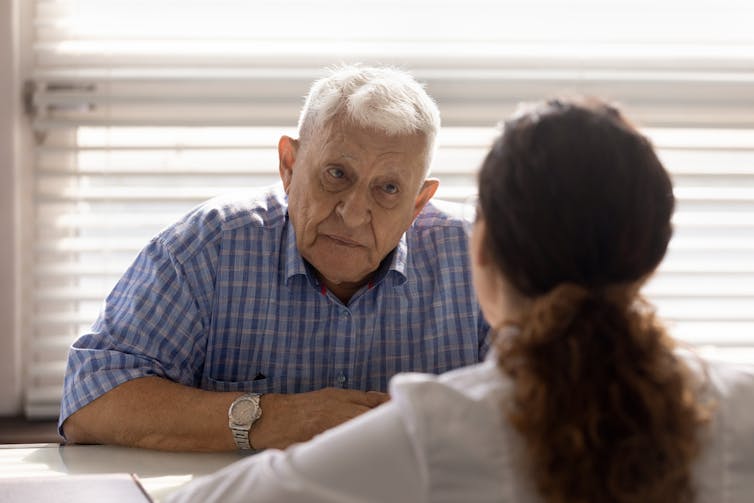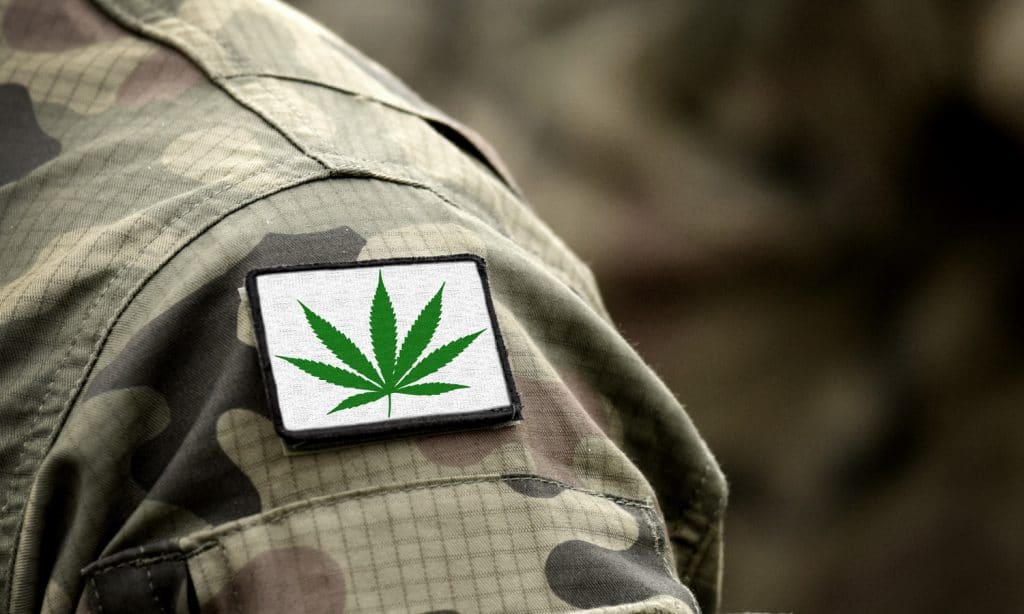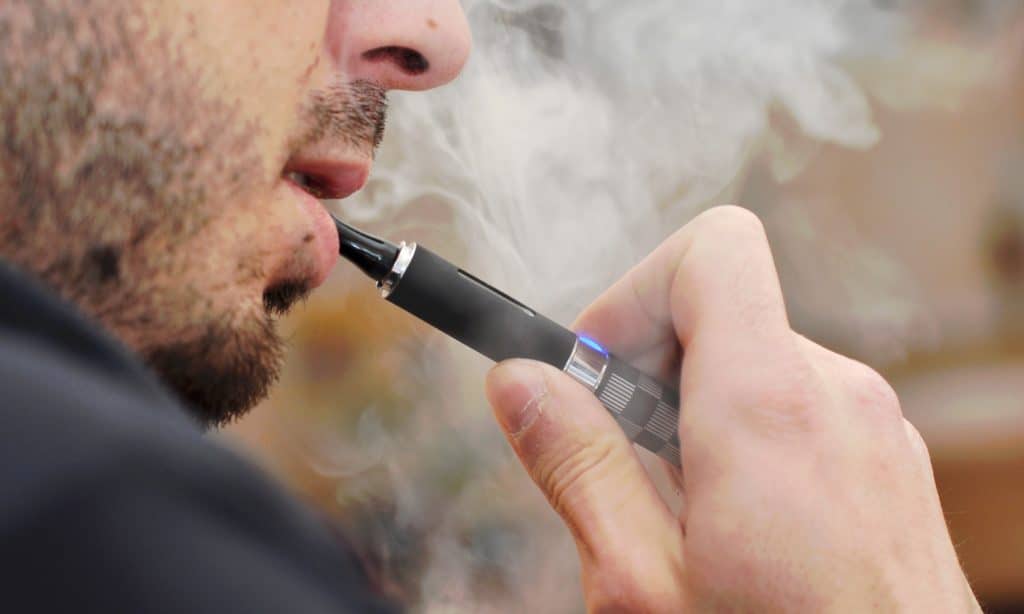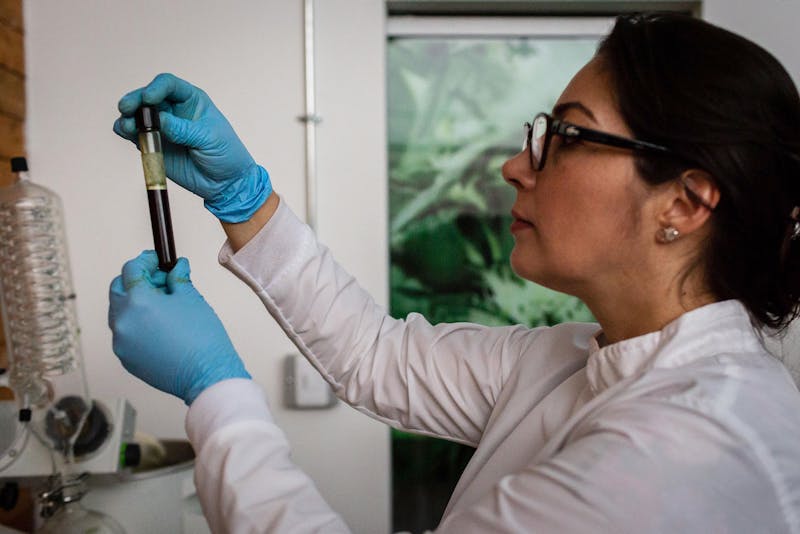As a pain specialist, I often have patients asking me whether they should try medicinal cannabis. There’s a common perception it can be an effective way to manage chronic pain.
But two expert groups have recently recommended against medicinal cannabis for people suffering persistent non-cancer pain.
The International Association for the Study of Pain published a position statement last week after its presidential taskforce summarised the evidence on the topic.
And yesterday the Faculty of Pain Medicine of the Australian and New Zealand College of Anaesthetists published guidance for health practitioners in the form of a Choosing Wisely recommendation. (Choosing Wisely is an initiative of NPS Medicinewise which aims to highlight low-value health care.)
Many in the community would see this recommendation as controversial. So let’s take a look at some of the commonly held misconceptions about medicinal cannabis and chronic pain.








